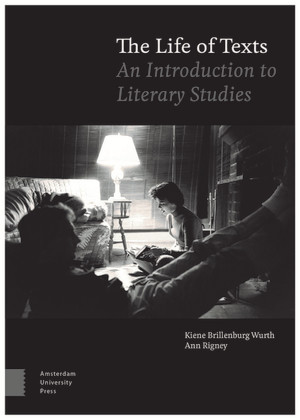"This introduction to literary studies is set to become the standard for the next generation. With its attention to the narrative, cultural, and (inter)medial dimensions of the 'life of texts', it skillfully provides access to a rich and dynamic field. Highly recommended as a reliable and immensely readable companion to all graduate and postgraduate students of modern literatures."
Astrid Erll, Professor of Anglophone Literatures and Cultures at Goethe University Frankfurt
"The book is a smart, coherent guide to the humanities and to literary studies in particular. The Life of Texts introduces literary studies as a field with history and an always-developing vocabulary, presenting literary studies as part of (and not separate from) lived cultural experience. From advertisements to the avant-garde, structuralism to media studies, this book seems to cover (or at least connect to) it all. Organized and designed with a visual clarity that facilitates ease of engagement with complicated terms, ideas, and historical knowledge, this book will support the teaching of literary studies as well as, and perhaps more importantly, learning about why such learning matters."
Jessica Pressman, Associate Professor of English and Comparative Literature at San Diego State University

